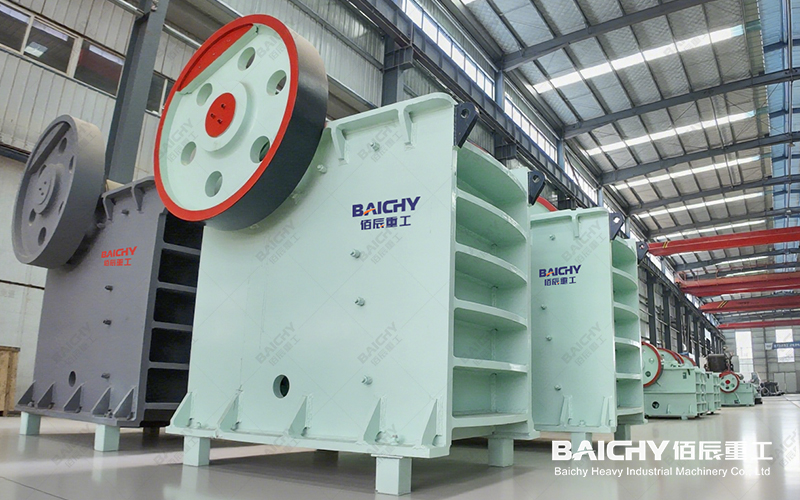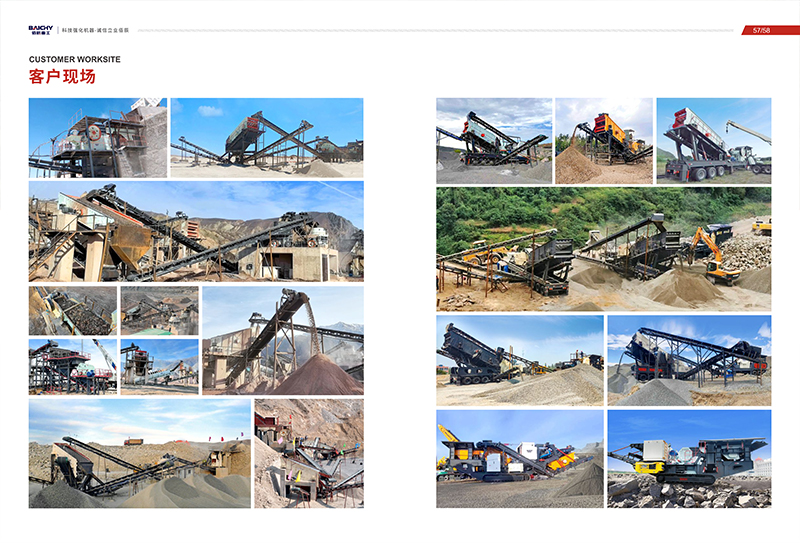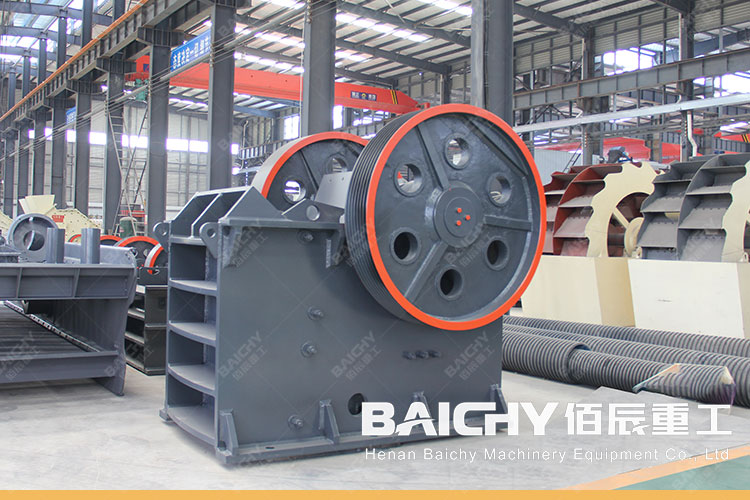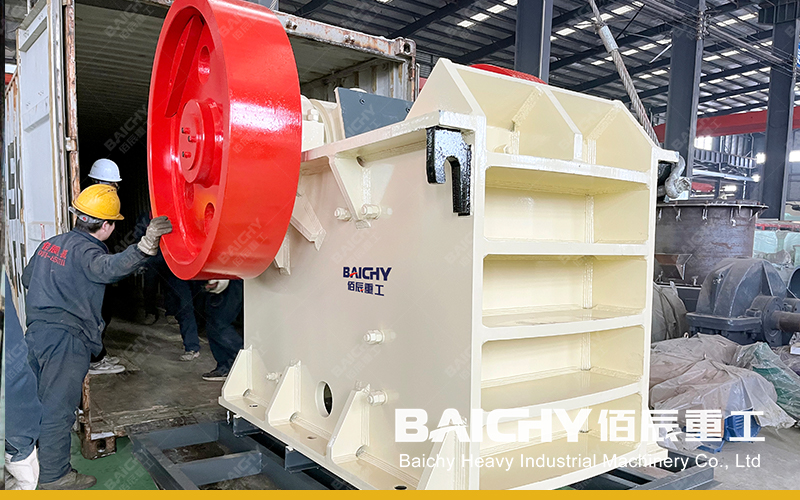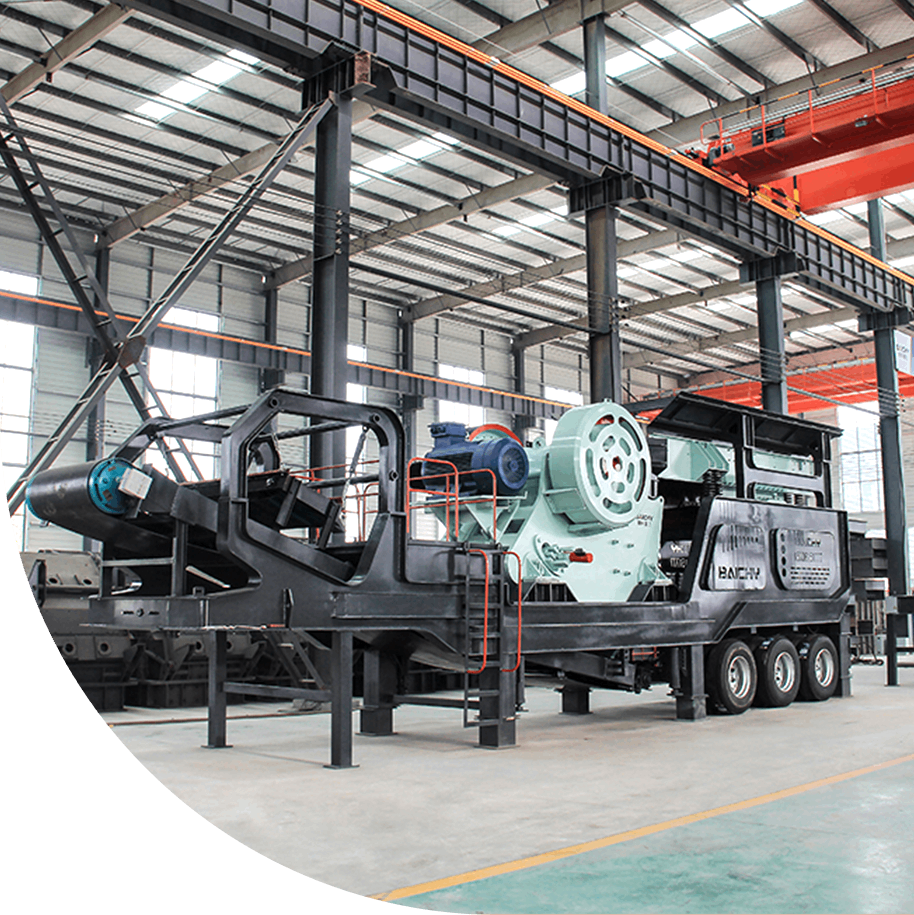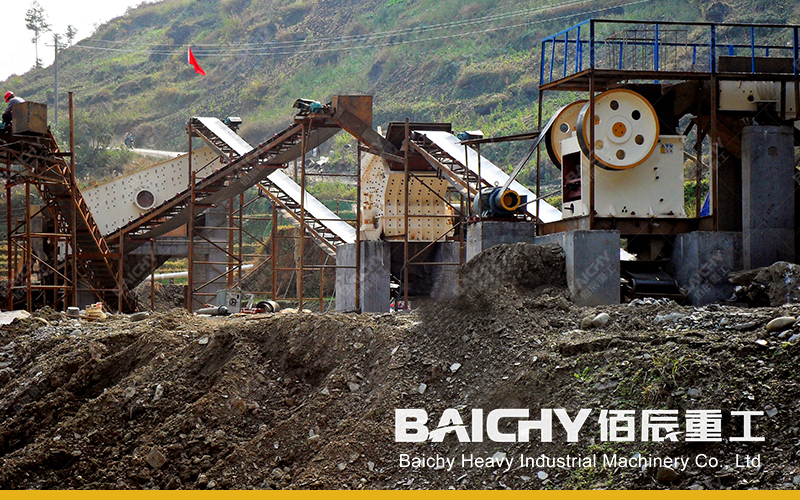
Many quarry owners face the challenge of configuring an efficient, stable, and productive crushing and screening line for highly abrasive hard rocks like granite and basalt. This article will delve into the core equipment selection and scientific process layout for a 100-150 t/h hard rock crushing line, providing authoritative guidance for your project planning.
Hard rock (compressive strength > 150 MPa), such as granite and basalt, has always been a challenge in mining and large-scale infrastructure projects. These rocks exert significant wear on crushing equipment. Improper equipment selection not only fails to achieve expected production but also leads to a sharp increase in operating costs (such as replacement costs for wear parts). A well-designed 100-150 t/h production line is key to profitability.
I. Core Challenge: The "Hard Bone" of Hard Rock Crushing
• High abrasiveness: Accelerates the wear of wear parts such as jaw plates, blow bars, and liners.
• High hardness: Requires extremely high power and structural strength in the crushing equipment. • Capacity Requirement: A stable output of 100-150 tons/hour is the baseline for medium-sized production projects.
II. Core Equipment Selection: How to Tackle the "Hard Bone"?
1. Primary Crushing (Jaw Crusher - Mandatory)
◦ Function: As the "leader" of the production line, it is responsible for the initial crushing of the raw ore. Its stability is crucial.
◦ Selection Key Points: Choose a heavy-duty, deep-cavity jaw crusher with a large feed opening to ensure strong crushing force and material intake capacity. The PE series or JC series European-style jaw crushers are recommended, as they have a more robust structure and are better suited to hard rock conditions.
2. Secondary and Fine Crushing (Cone Crusher - Recommended)
◦ Function: This is the core stage of hard rock crushing. Compared to impact crushers, cone crushers use a laminated crushing principle, crushing the stone through compression and bending, resulting in much less wear and tear on wear parts than impact crushers.
◦ Selection Key Points: Choose a hydraulic cone crusher for automatic cavity clearing and adjustable discharge opening. A multi-cylinder hydraulic cone crusher is the preferred choice for processing hard rock, offering a fine finished product with low flake content.
3. Screening and Shaping (Vibrating Screen + Impact Crusher - Optional)
◦ Vibrating Screen: Responsible for classifying the material discharged from the cone crusher. It is recommended to use 2-3 layers of heavy-duty circular vibrating screens to screen out qualified material and return the oversized fraction to the cone crusher for further crushing (forming a closed circuit), improving efficiency and yield.
◦ Impact Crusher (Sand Making Machine): If higher requirements for finished product shape are required or if manufactured sand is to be produced, an impact crusher can be configured for sand shaping. However, for pure stone crushing production lines, a high-performance cone crusher can meet most needs.
III. Recommended Classic Process Flow (Closed Circuit)
Feeder → Jaw Crusher (Coarse Crushing) → Cone Crusher (Secondary Crushing) → Vibrating Screen (Screening) → (Unqualified Material Returns to the Cone Crusher) → Finished Product Silo
Advantages of this process:
• Efficiency and stability: The closed-loop process ensures that all final products are of qualified quality, with no excess crushing and optimized energy consumption.
• Excellent finished product: The finished aggregate has uniform particle shape, reasonable gradation, and high market value.
• Controllable costs: The core focus is on the cone crusher, significantly reducing the cost of wear parts during long-term operation.
IV. Key factors for successful configuration
• Preliminary material analysis: Detailed physical and chemical composition analysis of the raw rock is essential.
• Scientific site planning: A rational equipment layout can reduce material transfer height and energy consumption.
• Reliable equipment supplier: Select a manufacturer with a proven track record of hard rock crushing to ensure equipment quality and after-sales service.
Configuring a 100-150 t/h hard rock crushing line is a systematic project, not simply a simple piling up of equipment. Focusing on the core principle of "jaw crusher for coarse crushing + cone crusher for medium and fine crushing," coupled with a rational closed-loop screening process, is a reliable guarantee for overcoming hard rock challenges and achieving long-term stable profitability.




